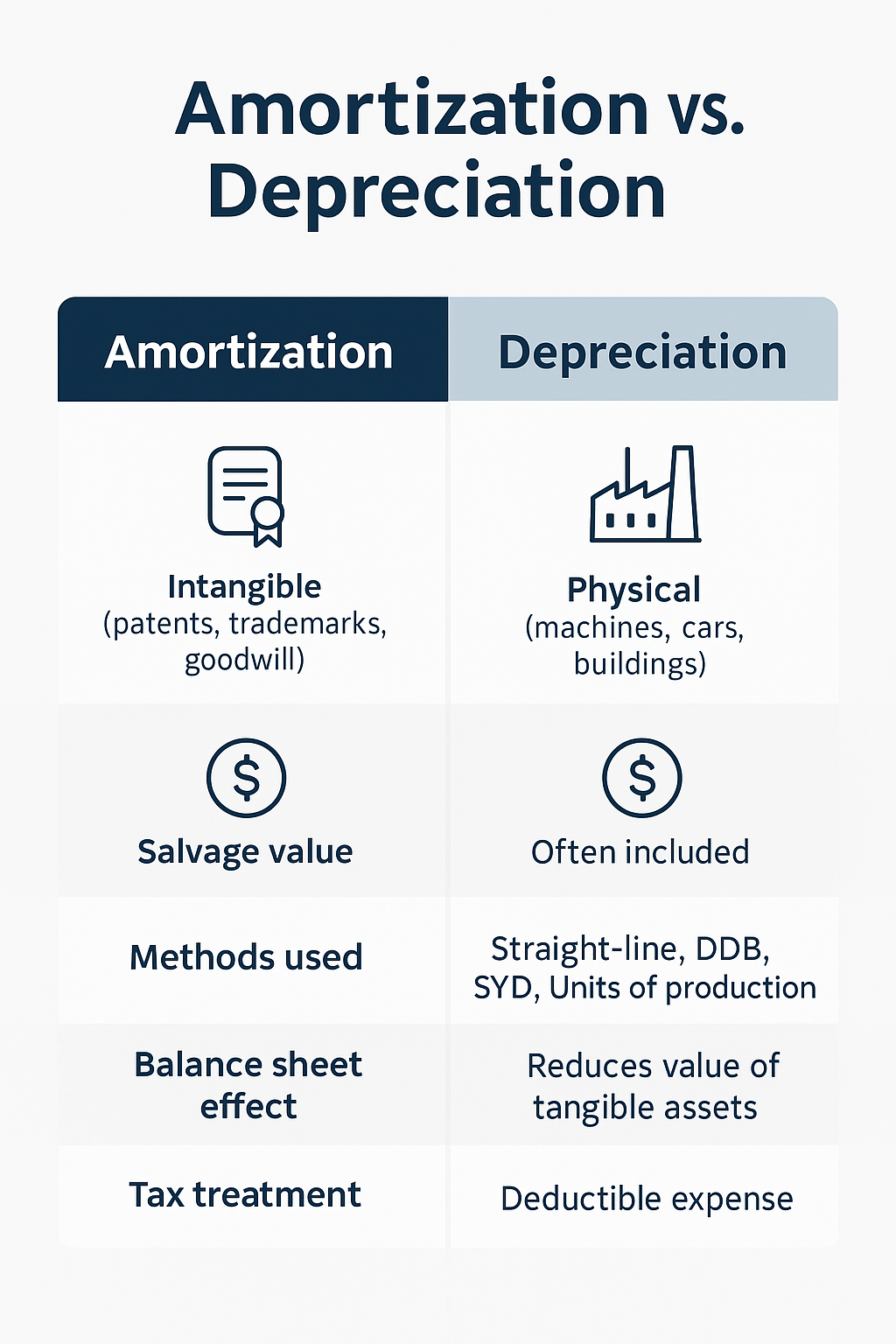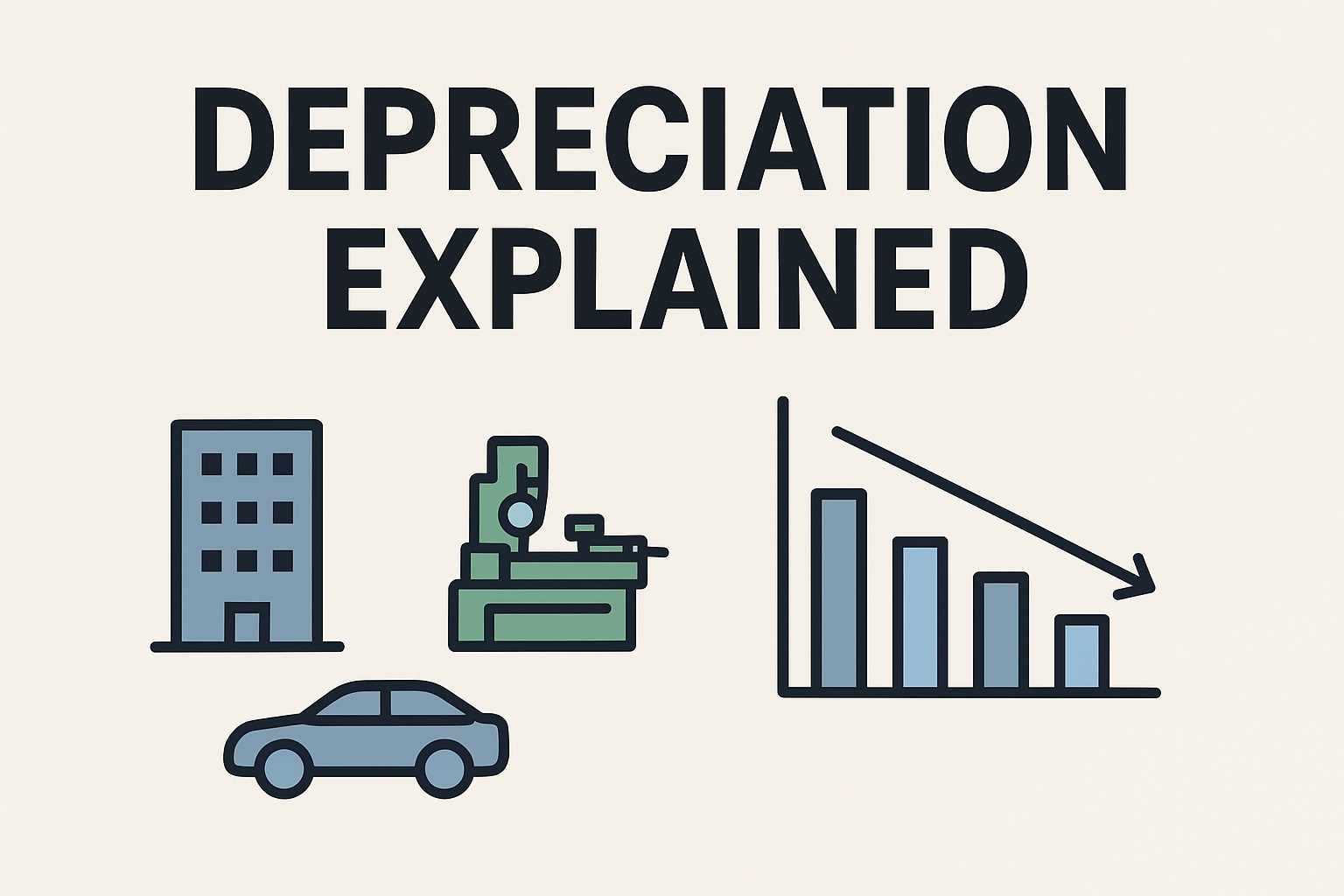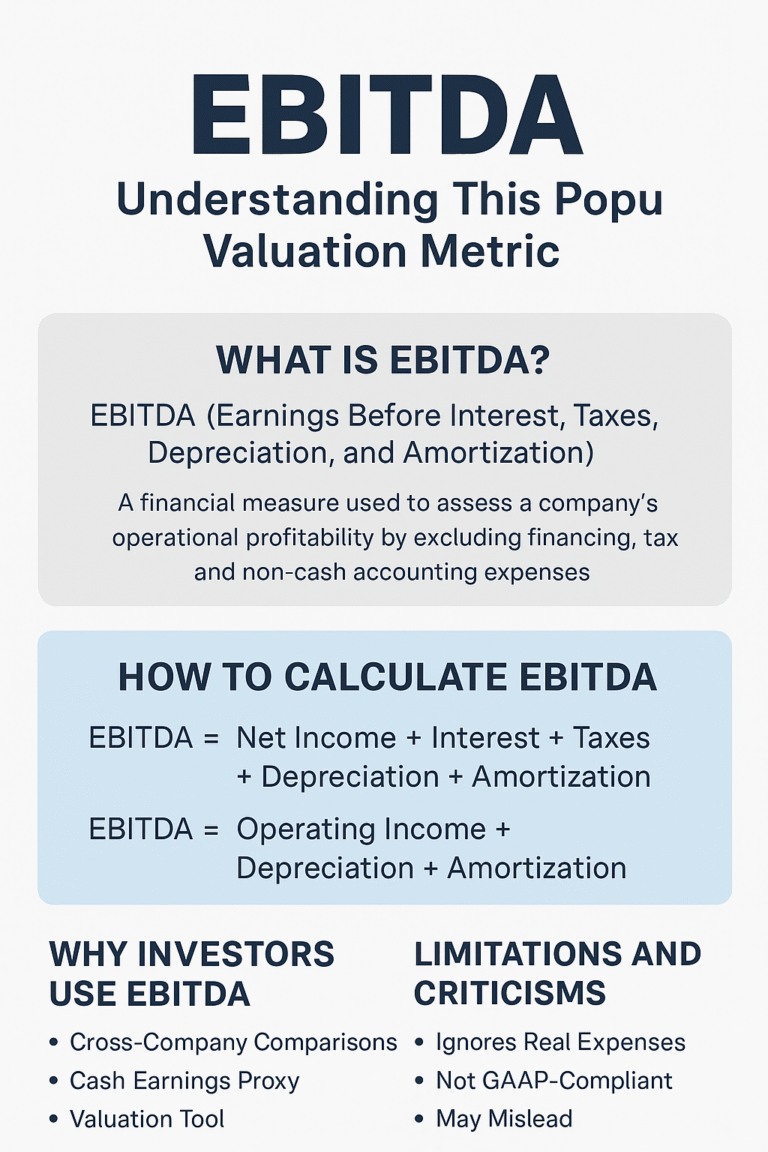Dividend investing is a powerful strategy for building long-term wealth and generating passive income. Among the most popular options in the market are two heavyweights from Vanguard: the Vanguard High Dividend Yield ETF (VYM) and the Vanguard Dividend Appreciation ETF (VIG).
At first glance, both seem similar—low-cost, diversified dividend ETFs. But a deeper dive reveals that VYM and VIG serve very different purposes.
So which one is right for your portfolio?
In this detailed comparison, we break down VYM vs VIG in terms of dividend yield, strategy, performance, risk, and suitability for various investment goals.
What is VYM?
Vanguard High Dividend Yield ETF (VYM) is designed to track the FTSE High Dividend Yield Index. It invests in U.S. companies with above-average dividend yields, excluding REITs.
- Dividend focus: High current yield
- Holdings: Over 450 large-cap value stocks
- Expense ratio: 0.06%
- Top sectors: Financials, Healthcare, Consumer Staples
VYM is ideal for income-focused investors who want to generate a steady cash flow.
✅ Check out our complete guide on dividend stocks
✅ Start from the basics on our homepage
What is VIG?
Vanguard Dividend Appreciation ETF (VIG) tracks the S&P U.S. Dividend Growers Index, which includes companies that have increased their dividends for at least 10 consecutive years.
- Dividend focus: Long-term growth
- Holdings: Around 300 large-cap growth and quality stocks
- Expense ratio: 0.06%
- Top sectors: Industrials, Consumer Discretionary, Technology
VIG is better suited for investors who care about capital appreciation with rising dividend payouts over time.
VYM vs VIG: Key Differences
| Feature | VYM | VIG |
|---|---|---|
| Strategy | High dividend yield | Dividend growth |
| Dividend Yield | 3.0% – 3.5% | 1.8% – 2.2% |
| Sector Exposure | Financials, Healthcare, Utilities | Industrials, Tech, Consumer sectors |
| Risk Profile | Slightly higher volatility | More stable with quality bias |
| Ideal For | Passive income seekers | Long-term growth investors |
| Holdings Count | 450+ | 300+ |
| Expense Ratio | 0.06% | 0.06% |
| ETF Structure | Index-based | Index-based |
Dividend Yield and Growth
If yield is your priority, VYM wins.
Its portfolio favors high-payout companies, often in mature, value-oriented sectors like banks and consumer goods.
However, if you want growing dividends, VIG is the clear choice. Its focus on dividend consistency filters out companies with unstable or declining payouts.
Example:
- VYM’s yield (as of mid-2025): 3.2%
- VIG’s yield: 2.0%
- But VIG’s 10-year dividend CAGR is higher
So while VYM gives you more income today, VIG offers better income growth potential over time.
Performance Comparison
Over the last 10 years, VIG has slightly outperformed VYM in total return due to its exposure to growth-oriented, high-quality companies.
| Time Period | VYM Total Return | VIG Total Return |
|---|---|---|
| 1-Year | ~9.5% | ~11.2% |
| 5-Year | ~47% | ~55% |
| 10-Year | ~115% | ~130% |
(Source: Morningstar)
VIG’s exposure to companies like Microsoft and Visa gives it a growth edge, while VYM’s utility and financials exposure adds some drag during low-growth periods.
Expense Ratios and Holdings
Both ETFs are extremely low-cost at just a 0.06% expense ratio, which is part of Vanguard’s appeal. That’s only $6 per $10,000 annually.
Top Holdings (as of 2025):
VYM Top 5 Holdings:
- Johnson & Johnson
- JPMorgan Chase
- ExxonMobil
- Procter & Gamble
- Chevron
VIG Top 5 Holdings:
- Microsoft
- Visa
- UnitedHealth Group
- JPMorgan Chase
- Home Depot
The difference? VIG leans into growth and quality, while VYM tilts toward value and cash cows.
Which Should You Choose?
Here’s a quick breakdown based on your goals:
Choose VYM if:
- You want maximum income today
- You’re close to or in retirement
- You prefer value stocks
- You want to reinvest dividends into more shares
Choose VIG if:
- You’re focused on long-term wealth building
- You want a growing income in the future
- You prefer quality and stability
- You’re investing in a tax-advantaged account
Tip: There’s nothing wrong with holding both! Many investors split between VYM for income and VIG for growth.
Final Thoughts
VYM vs VIG isn’t about which is better—it’s about what fits your strategy.
- For higher dividend payouts today → VYM
- For steady dividend growth and capital appreciation → VIG
Vanguard makes both ETFs incredibly affordable and tax-efficient, so you’re in good hands either way. The right one for you depends on whether you prioritize income now or income later.
If you’re building a dividend portfolio, consider pairing these ETFs with others like SCHD for a well-rounded approach.
Final Thoughts
VYM vs VIG isn’t about which is better—it’s about what fits your strategy.
- For higher dividend payouts today → VYM
- For steady dividend growth and capital appreciation → VIG
Vanguard makes both ETFs incredibly affordable and tax-efficient, so you’re in good hands either way. The right one for you depends on whether you prioritize income now or income later.
If you’re building a dividend portfolio, consider pairing these ETFs with others like SCHD for a well-rounded approach.






